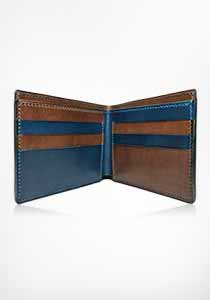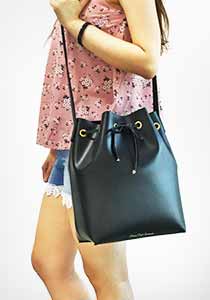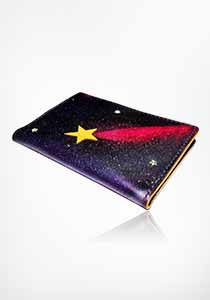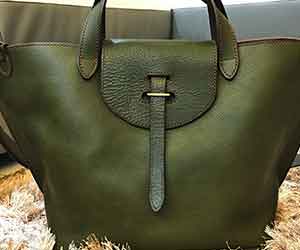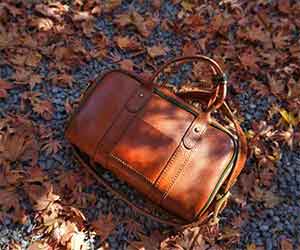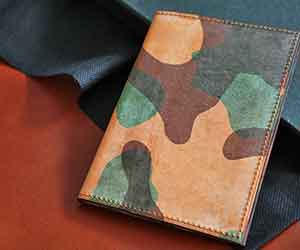Home / About Us / Leather Info
Leather Info
Full Grain Leather
Full grain leather is the highest quality grade of leather. It comes from the top layer of the hide and includes all the natural grain. Therefore, full grain leather will have markings, such as some scars and marks. Scars and marks are very common on full grain leather, and each hide is different from other. These markings are considered as nature’s signature.
Full grain leather is the most durable and strongest of all kinds of leather, it will not deteriorate with age, but develop wonderful patina, with proper leather care.
Corona Craft uses only full grain leather, mostly vegetable tanned leather, and occasionally chrome tanned leather.
What is Vegetable Tanned Leather
Natural vegetable tanned leather is tanned using an age-old process that utilizes tannins and ingredients found in vegetation such as tree bark and wood. Vegetable tanning is an ancient and traditional craft process. Without any chemical used, vegetable tanning is the most environmentally friendly way to tan leather. Vegetable tanned leather is usually light tan in color. However, tanning solution uses by the tannery has great impact on the color, tone and darkness. The process of vegetable tanning produce supple leather with unique characteristics; a true luxury leather.
Vegetable tanned leather is the most suitable type of leather for handmade leather products. Vegetable tanning allows the leather to continue to absorb water and oils throughout its lifetime, as it is not sealed or finished. Over time, it will develop a rich dark patina with use.

Advantages of Vegetable Tanned Leather
1. Vegetable tanned leather environmentally friendly which can be recycled.
2. Vegetable tanned products are unique due to the natural tannins used and have their own life, they are not the same for their entire life but changing continuously, to be better.
3. Vegetable tanning produces leather with rich and warm tones that look completely natural.
4. Most tanneries have very skilled craftsmen producing and dyeing the leather as vegetable tanning is an old age tradition.
5. Vegetable tanned leathers are higher quality and more valuable compared to chrome tanned leather. Only 10 percent of leather is vegetable tanned leather thus sold at higher average price.
Disadvantages of Vegetable Tanned Leather
1. The process of vegetable tanning can take up to 60 days to produce sole leather.
2. There are limited colors that can be produced from vegetable tanning.
3. Vegetable tanned leathers are more expensive as they are of better quality and required more skill to tan the hides.
4. Direct heat will shrink or crack the leather, and can stain easily in presence of iron.
Care of Vegetable Tanned Leather
Vegetable tanned leather wears gracefully and moulds to the owner’s habits over time. It darkens and develops a rich and unique patina over time with exposure to natural elements like sun, water and oil.
All leather requires a bit of maintenance. If your leather goods get scratched or wet, you may condition it with neathoof oil, mink oil, or your preferred leather conditioner. Most leather cleaning remedies that you can find online are often referring to chrome tanned leather, which is 90 percent of leather in the market. To clean light stains on your vegetable tanned leather, you may wipe off leather with a clean and soft dry cloth. Avoid using saddle soap as it may remove the leather’s natural oils. Please do not leave your leather goods exposed to sunlight directly. Cleaned, conditioned and store in a protective bag in a cool, dry place while not in use.

Uniqueness of Vegetable Tanned Leather
Each cow is unique. Different grain pattern is natural looking at a whole hide. The grain is unique for each individual animal. Some scars and marks are inevitable.
They are part of animal’s life. Insects bite, or more likely the good back scratch against a tree makes eternal mark on the skin.

